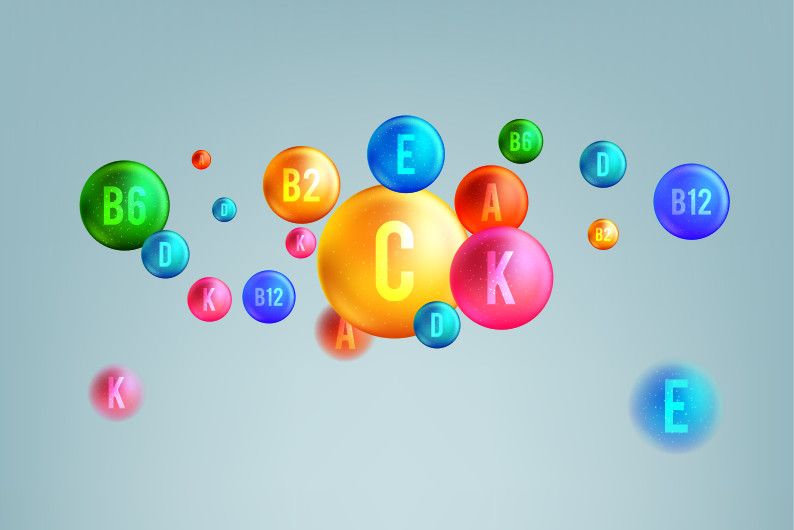Abstract
Background: Throughout the past decade, Pickering emulsion has been increasingly utilized for the encapsulation of bioactive compounds due to its high stability and biocompatibility. In the present work, palm tocotrienols were initially encapsulated in a calcium carbonate Pickering emulsion, which was then subjected to alginate gelation and subsequent chitosan coating. The effects of wall material (alginate and chitosan) concentrations, gelation pH and time, and chitosan coating time on the encapsulation efficiency of palm tocotrienols were explored.
Results: Our findings revealed that uncoated alginate microcapsules ruptured upon drying and exhibited low encapsulation efficiency (13.81 ± 2.76%). However, the addition of chitosan successfully provided a more complex and rigid external wall structure to enhance the stability of the microcapsules. By prolonging the crosslinking time from 5 to 30 min and increasing the chitosan concentration from 0.1% to 0.5%, the oil encapsulation efficiency was increased by 28%. Under the right gelation pH (pH 4), the extension of gelation time from 1 to 12 h resulted in an increase in alginate-Ca2+ crosslinkings, thus strengthening the microcapsules.
Conclusion: With the optimum formulation and process parameters, a high encapsulation efficiency (81.49 ± 1.75%) with an elevated oil loading efficiency (63.58 ± 2.96%) were achieved. The final product is biocompatible and can potentially be used for the delivery of palm tocotrienols. © 2021 Society of Chemical Industry.


